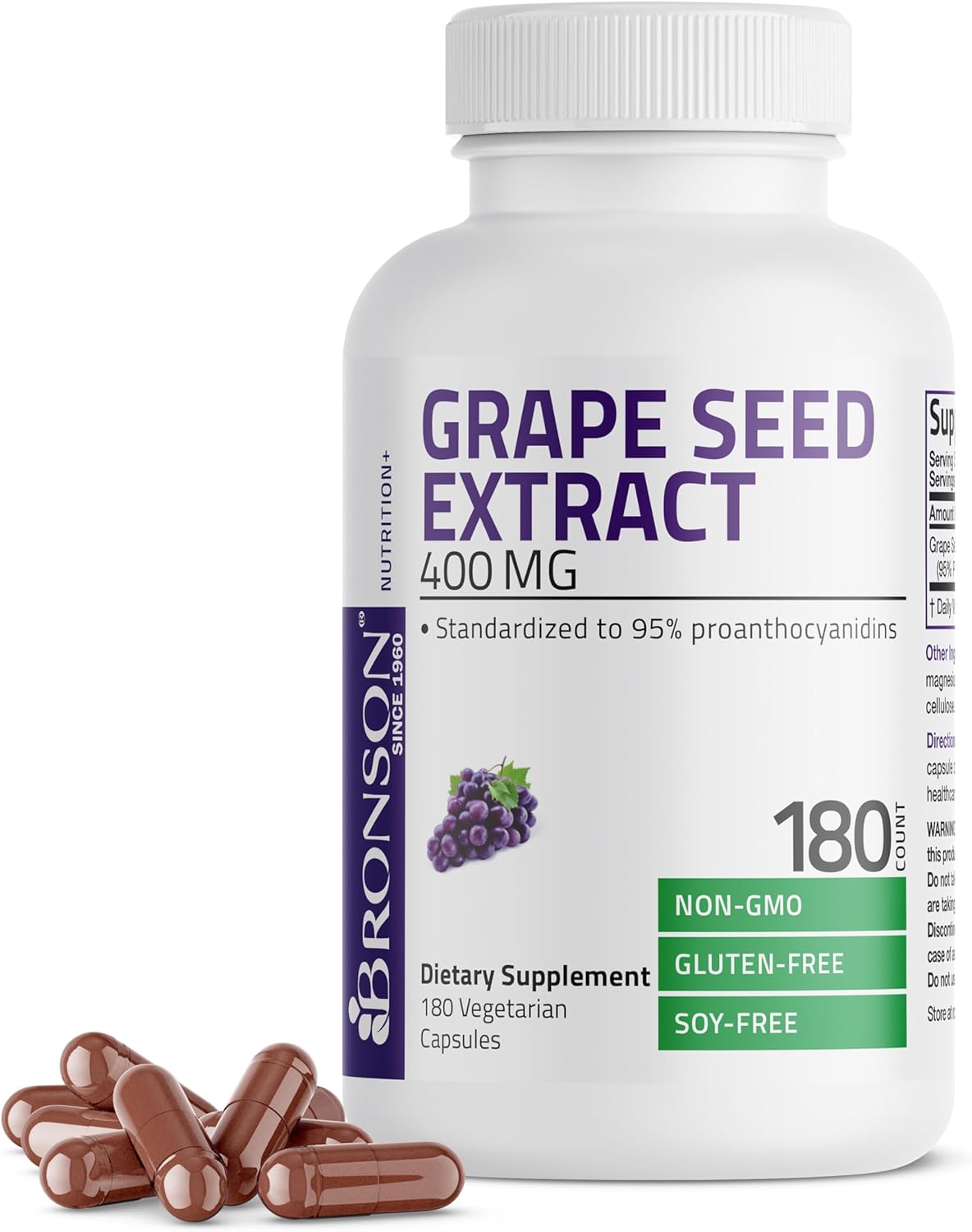Can you take Alpha-Linoleic Acid (ALA) and High-gamma tocopherol together?
Interaction Details
Taking Alpha-Linoleic Acid (ALA) and High-gamma tocopherol together has the potential for good synergy due to their complementary antioxidant and anti-inflammatory properties, suggesting a rating of 4 out of 5.
Both ALA, an omega-3 fatty acid, and High-gamma tocopherol, a form of vitamin E, have been shown to have anti-inflammatory effects. ALA is known for its role in heart health and inflammation reduction, while High-gamma tocopherol has been studied for its potential in reducing the risk of certain diseases due to its antioxidant properties. The combination of these two supplements may enhance their individual effects by providing a synergistic anti-inflammatory and antioxidant response. This could be particularly beneficial in reducing oxidative stress and inflammation, which are associated with various chronic diseases.
Potential Benefits
Potential Risks
Alpha-Linoleic Acid (ALA)
Alpha-Linolenic Acid (ALA) is an omega-3 fatty acid found primarily in plant-based foods such as flaxseeds, chia seeds, and walnuts. It is considered an essential fatty acid because the human body cannot produce it on its own.
High-gamma tocopherol
High-gamma tocopherol is a form of vitamin E, specifically one of the four tocopherol isomers, with gamma-tocopherol being prominent in the diet, particularly in vegetable oils like corn and soybean oil. It has unique antioxidant properties and has been studied for various health benefits.
